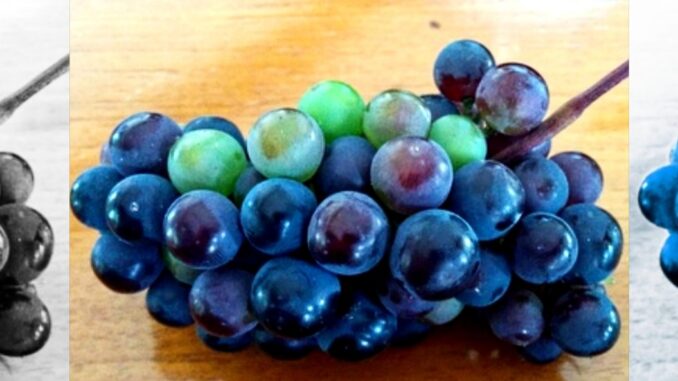
[This post first appeared in my free Grape Wall newsletter. Sign up here.]
How to inspire wine consumers?
It’s one of the biggest questions facing a wine industry with falling sales, an expanding river of labels and a flood of alternative beverages.
You might attract consumers with the “story” of a wine, winery, family or region. With unique designs and labels. With appeals to tastes and lifestyles. Or to authorities such as contest medals and scores.
I don’t have any definitive advice tonight but, as I struggle with insomnia, will explain how one wine is inspiring me.
This wine was just commercially released, a moment I have anticipated for years. Which is also part of the inspiration.
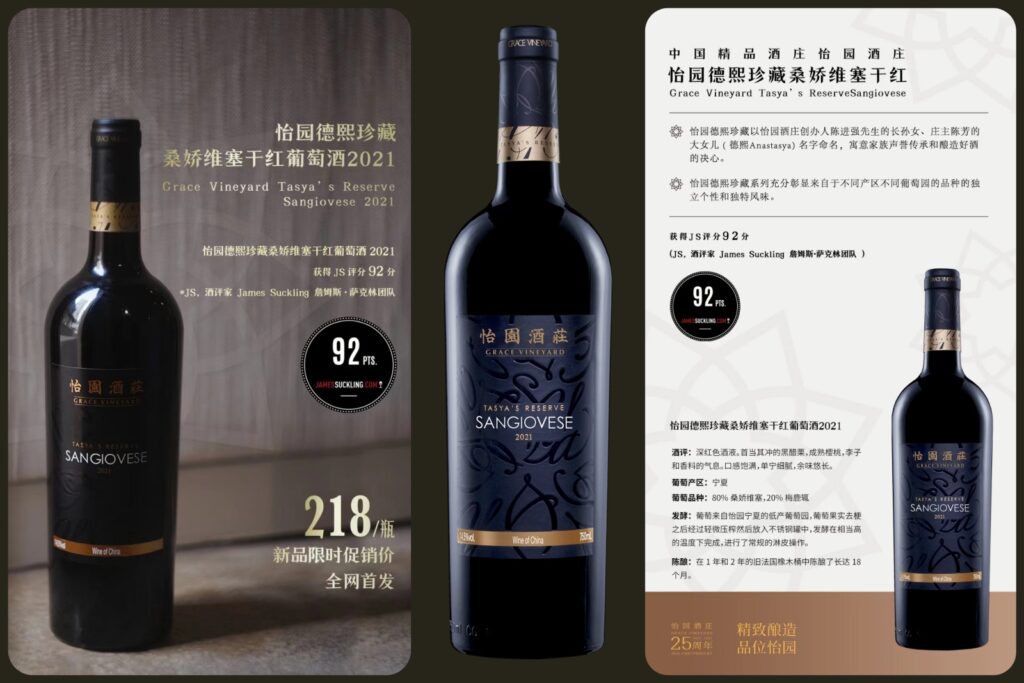
The wine is Grace Vineyard ‘Tasya’s Reserve’ Sangiovese. Why has this wine inspired me?
Quirkiness. China’s vineyards are dominated by grape varieties associated with France, and notably Bordeaux, thus this is a rare chance to try one made with a famous Italian grape variety. And it is part of the growing diversification of grape varieties and wine styles in China that helps us discover what works where.
Legacy. Grace has another grape variety associated with Italy, Aglianico, first commercially produced in 2012. The thought of this Sangiovese being just as delicious as that Aglianico inspires.
In turn, my anticipation of that Aglianico was spurred by good experiences with other Grace wines. It’s a pattern that keeps people coming back.
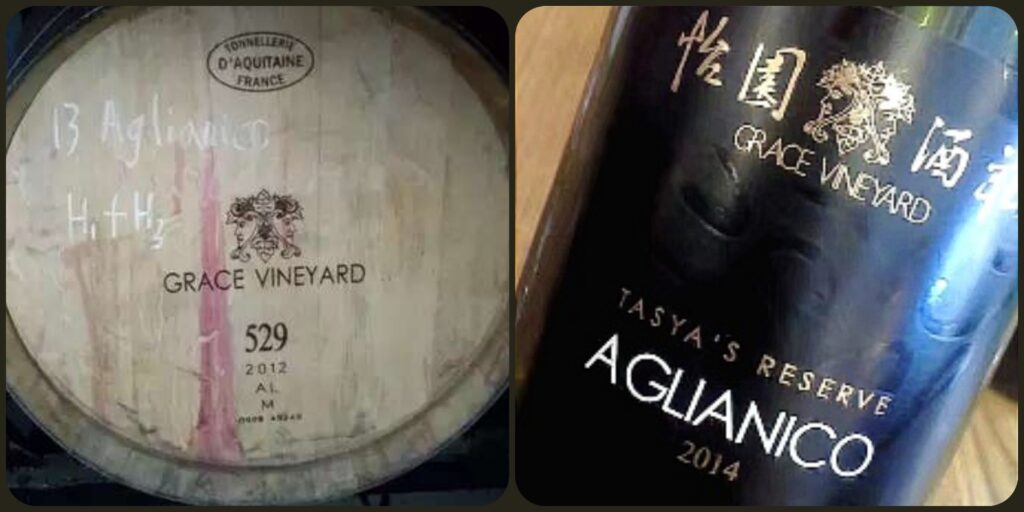
Accessibility. Many low-volume wines from high-quality producers in China are prohibitively pricey, often RMB500 / USD65 or RMB800 / USD110 or even more. But Grace’s Sangiovese is just RMB221 / USD30 for each of the 1350 bottles available. That kind of value makes it accessible to consumers.
And this might also be filed under ‘Legacy’ because, since its start a quarter-century ago, Grace has offered value for money, starting with affordable entry-level wines that get consumers through the door and give restaurants / hotels something they can reasonably sell by the glass.
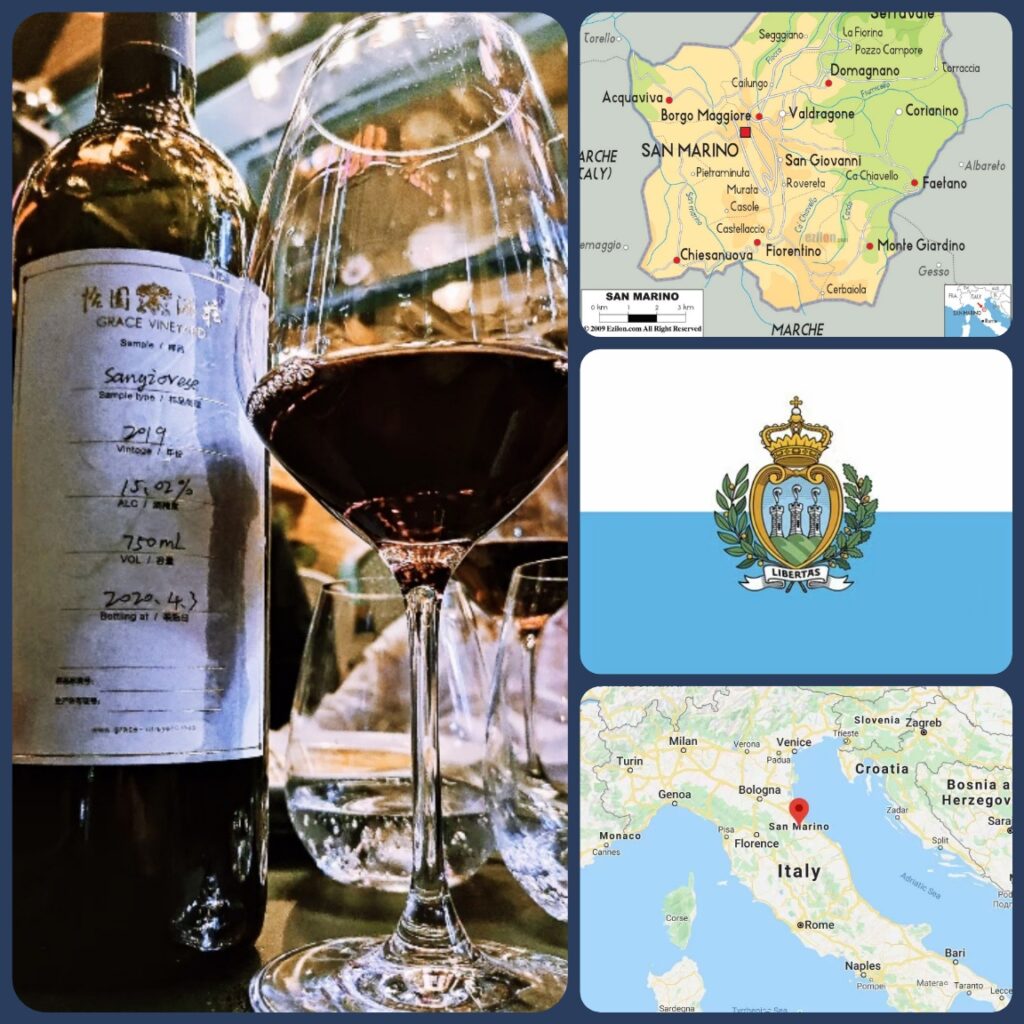
X-Factor 1: I’ve been lucky enough to try Grace’s Sangiovese tank and barrel samples several times, including at a national day celebration in 2021 for San Marino, a tiny nation encircled by Italy and also a grower of this grape.
And at a dinner organized by wine importer Interprocom and Grace during the trade fair Wine to Asia (Veronafiere) in Shenzhen in May. A feast featuring Italian and Chinese Sangiovese side by side? Inspiring!
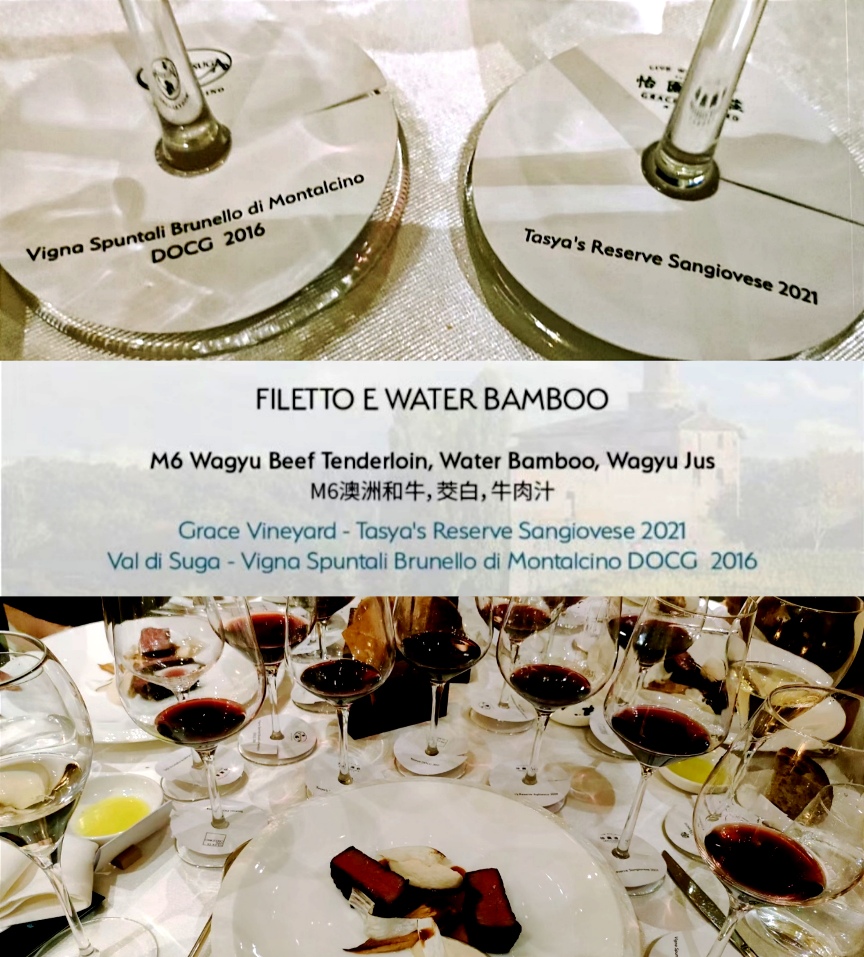
X-Factor 2: When I visited Ningxia in 2022 during the pandemic, I was able to tour Grace’s vineyards there with chief winemaker Lee Yeanyean and the team, And to see those black-blue grapes almost ripened and hidden deep within the fields. Then try some fresh juice later at the winery. Good stuff!
It was nice to see ground zero for an experiment that takes far longer than most consumers realize. As CEO Judy Chan explained to me in a Q&8 in 2022 for Grace’s 25th anniversary:
“It’s an awfully long process. We were only allowed to import a small quantity of cuttings as an experiment. The import alone took a year.
“Then, we needed to grow it in our nursery for another year before planting one row in the vineyards. (For experimental grapes, we only plant one row.)
“Our first harvest would be four years later. Then, we need to at least have three vintages before deciding whether to give it a green light and add it to our portfolio.
“And if we do it, we need to repeat the planting and wait another four years before the first harvest and so on. This process easily takes 12 to 15 years.”
Am I inspired to try a wine that made it through that process? Yes!
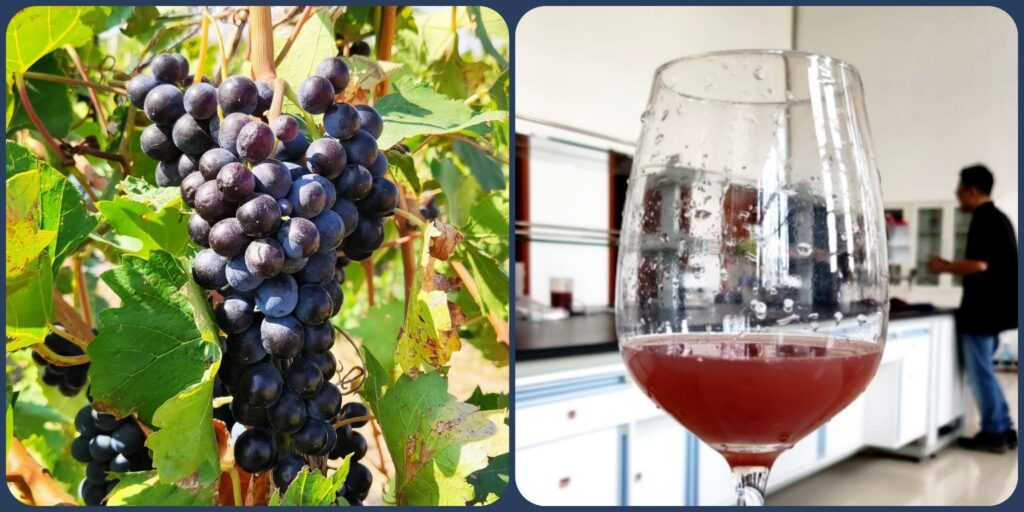
That’s five reasons, and I admit I am not a typical consumer, as most people would not have a chance to try this Sangiovese before it got to market.
On the other hand, my interest as a consumer in Grace nearly 20 years ago led me to this point.
The thing is, if one wine inspires, it leads to others. It’s true for me and it’s true for consumers who are just discovering quality Chinese wines now.
The first Grace wine to do so for me was Tasya’s Reserve Cabernet Franc 2003 and now here we are in the summer of 2024 with this Sangiovese, by way of Marselan, Aglianico and many other bottles.
I believe this phenomenon has much relevance for wine tourism. I’ve seen some smaller wineries see tourists somewhat as a nuisance, as such visitors might only buy one or two bottles while absorbing time that could be used for something else.
But if the tourists’ experience is good, they become ambassadors, returning home with wine to share with friends and exponentially increasing the number of people aware of the winery.
And if like most consumers, they only visit a few wineries, when they recognize a bottle from one on a restaurant menu, they might well be inspired to buy it. I know if I am at an Italian restaurant, and I see Grace Sangiovese on that menu, I am going to lobby my friends to try it, just as I wanted to share that Aglianico nearly a decade ago.
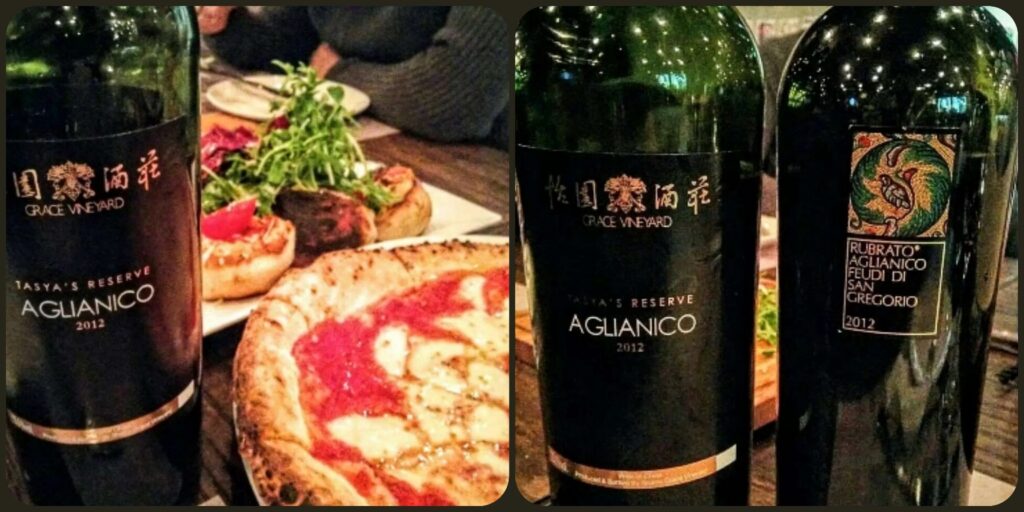
I realize these ideas might seem naive. I talked to a wine aficionado in the U.S. last week who noted that wines like this Sangiovese can turn out to be novelties, with people ultimately turning to wines from the original source. It’s a valid point.
On the other hand, few people drink wine in China. And if trying a local Sangiovese before one from Italy is the case, and a novelty, so be it. I’m sure many an American, Australian et al tried a Cabernet or Shiraz from their own country before one from France.
We all need starting points. And if what inspires yours is, say, a bottle of Grace Sangiovese, please let me know. I’d be happy to share.
Grape Wall has no sponsors of advertisers: if you find the content and projects like World Marselan Day worthwhile, please help cover the costs via PayPal, WeChat or Alipay.
Sign up for the free Grape Wall newsletter here. Follow Grape Wall on LinkedIn, Instagram, Facebook and Twitter. And contact Grape Wall via grapewallofchina (at) gmail.com.

Leave a Reply
You must be logged in to post a comment.